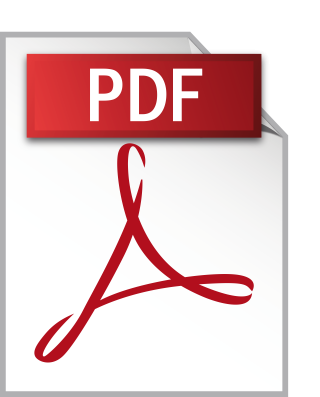 SOLARMOTOR E-UNIT: LEVERAGING IOT FOR SUSTAINABLE ENERGY SOLUTIONS
SOLARMOTOR E-UNIT: LEVERAGING IOT FOR SUSTAINABLE ENERGY SOLUTIONS
by Rhon Mar Flores Rivera; John Khian Gamez Aliling; Marck Jhon Cabadin Lainez • 2025
The Solar Motor E-Unit is an energy-harvesting system that utilizes a DC motor and solar panel to convert mechanical, and solar energy into electrical power efficiently. Designed to assess energy generation across different speeds and conditions, the system records key performance metrics using speed sensors, power meters, and GPS modules. To ensure continuous development and improvement, the Agile methodology was employed. This methodology allowed iterative enhancements based on real-time data analysis and experimental results. This approach enabled rapid prototyping, adaptive testing, and incremental system optimization, ensuring that the Solar Motor E-Unit evolved to maximize energy efficiency under varying environmental conditions. Experimental tests at varying speeds demonstrated that higher initial power and increased velocity enhance energy conversion efficiency. The findings highlighted the potential of DC motor- based energy harvesting as a sustainable alternative for renewable power generation. The study contributed to advancements in off-grid power solutions and sustainable energy applications by providing valuable insights into optimizing solar energy collection.
